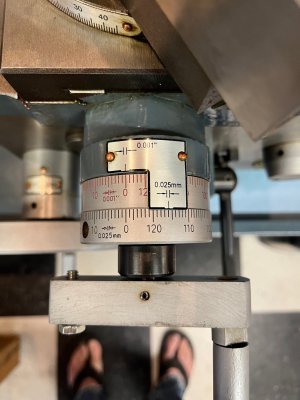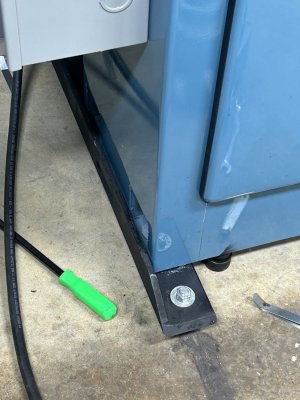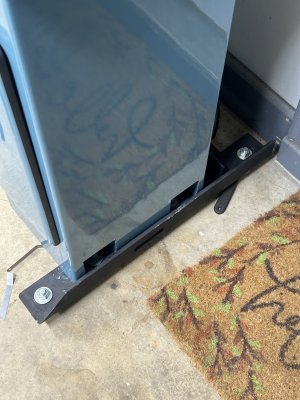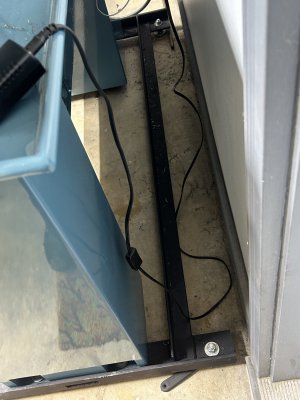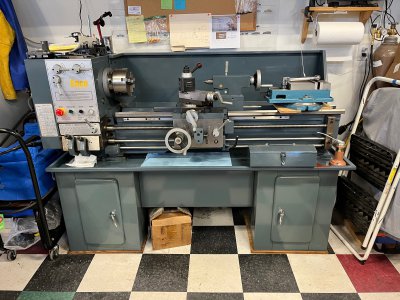You need to prove that, but I believe that yes, this is the case. You said you measured with a micrometer, you moved 0.100 inches, and you measured (with some tolerance) pretty much that same amount. That means, with the evidence provided, it APPEARS that your dial reads the tool movement. That means that your dial measures the actual depth of cut, which is based on the radius. I call those a radius dial. (Just like any other dial in the shop, it measures pretty exactly just how much you actually move). But then YOU have to remember that the "cut" is on both sides of a rotating workpiece, so to reduce a diameter by a given amount, you must cut half of that amount off of the radius of the part.
The other option is a "diameter dial". In that case, when you measured the travel with the micrometer, 0.100 inches, the micrometer would have told the tale that the TOOL only moved 0.050 inches. That dial halves you input every time. (Every gosh darn stinkin time......).
Either one is fine, you've just got to know which it is. And you'll be confronted with math either way. Try that out and see where it gets you.


